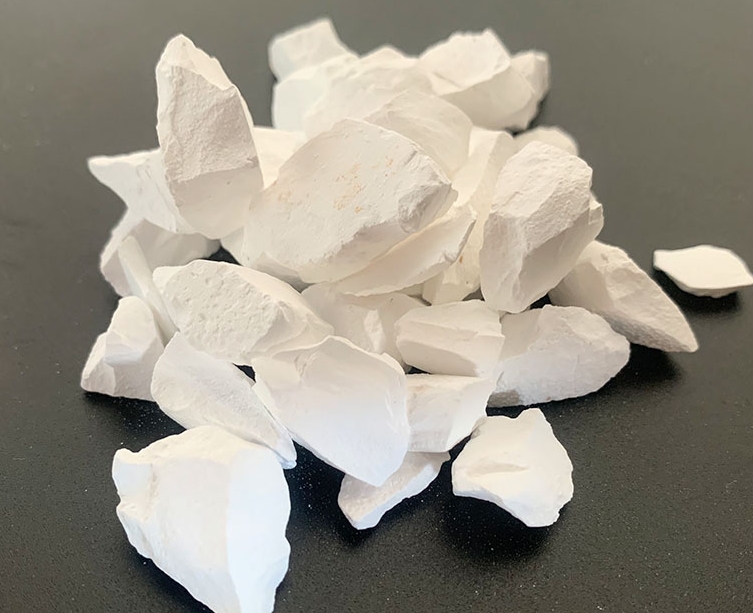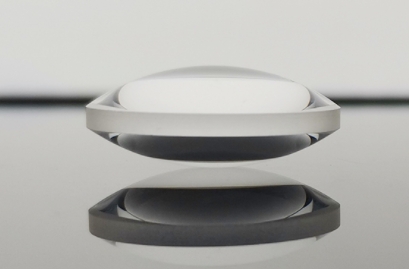Learn About Magnesium Fluoride
Magnesium fluoride is a compound of the halogen element fluorine and the metal element magnesium, with a chemical formula of MgF₂ and a molecular weight of 62.30181. It typically appears as colorless tetragonal crystals or powder, tasteless, sparingly soluble in water and alcohols, slightly soluble in dilute acids, but soluble in nitric acid.

Physical and Chemical Properties:
Magnesium fluoride is a colorless tetragonal crystal or powder with a fluorite crystal structure.
It has a relative density of 3.18, a melting point of 1248°C, and a boiling point of 2260°C.
When heated under electric light, it exhibits weak purple fluorescence, and its crystals exhibit good polarization effects for ultraviolet and infrared spectra.
Relevant Properties:
1. Transparency: Magnesium fluoride exhibits excellent transmission for ultraviolet, visible, and infrared light. This makes it an ideal material for manufacturing high-performance optical lenses, especially in the ultraviolet and mid-infrared spectral ranges.
2. Anti-reflective Coating: Magnesium fluoride is commonly used for anti-reflective coatings on optical lenses. These coatings reduce reflection on the surface of optical elements, improving transmittance and thereby enhancing imaging quality.
3. Thermal Stability: Magnesium fluoride demonstrates good stability at high temperatures, making it suitable for high-temperature applications such as laser systems and thermal imaging devices.
4. Low Dispersion: The dispersive properties of magnesium fluoride make it very useful in optical design. It can reduce the dispersion effects of light at different wavelengths, thereby improving color accuracy and clarity in imaging.
Applications:
1. Optical Lenses: Magnesium fluoride has excellent transmittance, particularly suitable for deep ultraviolet and mid-infrared spectra. It is widely used in the manufacture of optical lenses, prisms, windows, as well as for ultraviolet imaging and excimer laser applications.

2. Flux: Used as an additive for smelting magnesium and aluminum.
3. Fluorescent Materials: Used as a fluorescent material in cathode ray screens.
4. Glass and Ceramic Manufacturing: Used for coatings, lenses, and filters.
In conclusion, magnesium fluoride is a versatile material widely applied in the fields of optics, materials science, and industry.

